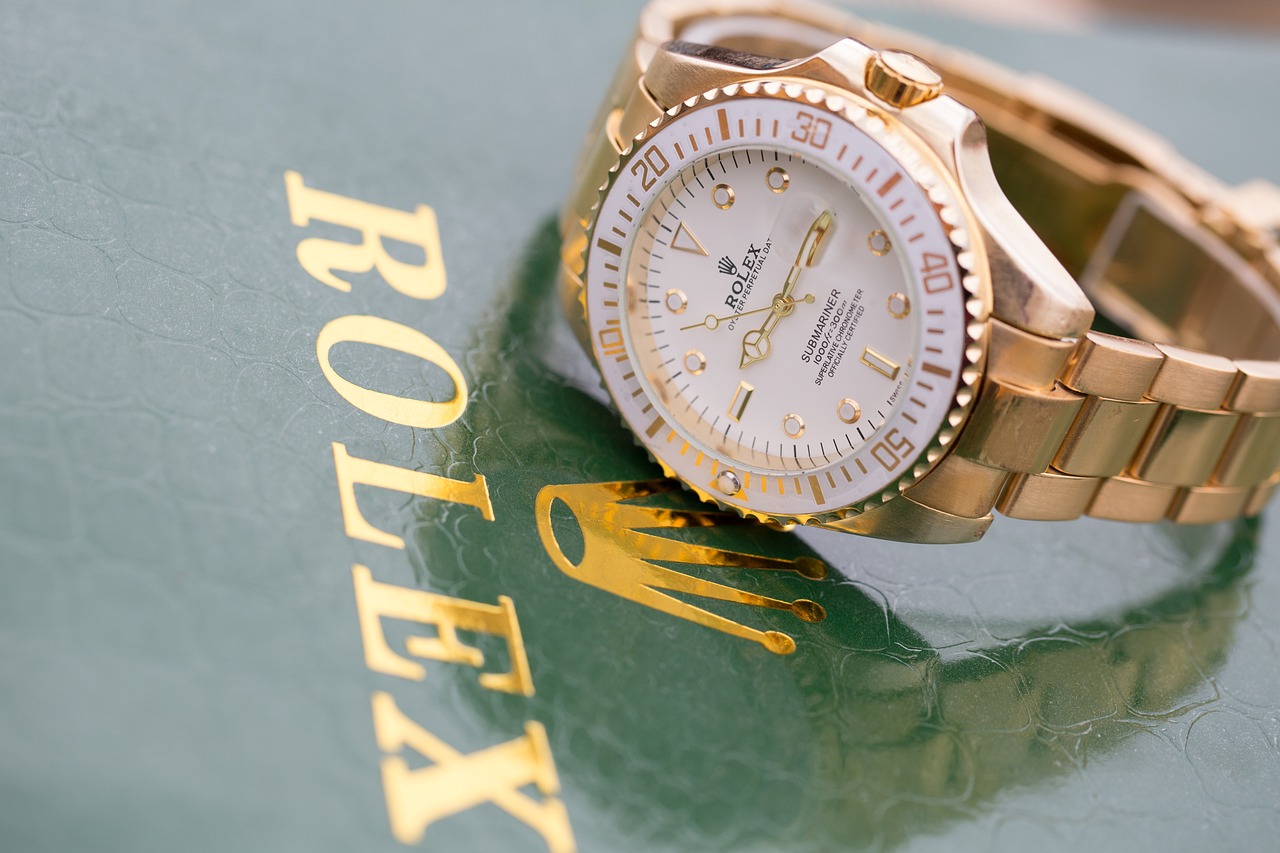The Impact of Cultural Heritage on Watch Design: Tradition and Innovation
betbazar 247 login, playexch in login, gold365 id login:When it comes to watch design, the impact of cultural heritage cannot be understated. From Swiss tradition to Japanese innovation, the rich tapestry of cultural influences has shaped the way we perceive and create timepieces. Tradition and innovation often go hand in hand in the world of watch design, creating a perfect balance between the old and the new.
Swiss Heritage: The Epitome of Watchmaking Excellence
Switzerland has long been hailed as the watchmaking capital of the world, and for good reason. With a history dating back centuries, Swiss watchmakers have perfected their craft, creating timepieces that are not only functional but also works of art. The Swiss watchmaking tradition is deeply rooted in precision and craftsmanship, with brands like Rolex, Patek Philippe, and Omega leading the way.
Japanese Innovation: Pushing Boundaries in Watch Design
On the other side of the spectrum, we have Japanese watchmakers who are known for their relentless pursuit of innovation. Brands like Seiko, Citizen, and Casio have revolutionized the industry with their technological advancements and cutting-edge designs. Japanese watches are often praised for their durability, accuracy, and affordability, making them a popular choice among watch enthusiasts worldwide.
Combining Tradition and Innovation: The Best of Both Worlds
In recent years, we have seen a trend towards watch designs that combine elements of both tradition and innovation. Brands are increasingly looking to their cultural heritage for inspiration while also pushing the boundaries of what is possible with modern technology. This fusion of old and new has resulted in some truly unique timepieces that pay homage to the past while embracing the future.
Cultural Influences in Watch Design: A Global Perspective
From the intricate engravings on a Swiss luxury watch to the minimalist aesthetic of a Japanese timepiece, cultural influences can be seen in every aspect of watch design. Whether it’s the use of traditional materials, the incorporation of cultural symbols, or the adoption of ancient techniques, cultural heritage plays a crucial role in shaping the identity of a watch.
The Role of Tradition in Watch Design
Tradition is an essential aspect of watch design, providing a sense of continuity and timelessness. Many watchmakers draw inspiration from their heritage, incorporating traditional elements into their designs to pay homage to the past. From classic case shapes to traditional movement complications, tradition serves as a foundation upon which innovation can flourish.
The Power of Innovation in Watch Design
Innovation, on the other hand, pushes the boundaries of what is possible in watch design. Whether it’s the use of new materials, the development of groundbreaking movements, or the integration of smart technology, innovation drives the industry forward. Without innovation, watch design would stagnate, and we would not see the incredible advancements that we have witnessed in recent years.
FAQs:
Q: How does cultural heritage influence watch design?
A: Cultural heritage influences watch design in many ways, from the choice of materials to the design elements used. Watchmakers often draw inspiration from their cultural roots, incorporating traditional techniques and symbols into their designs.
Q: What is the significance of tradition in watch design?
A: Tradition plays a crucial role in watch design, providing a sense of history and continuity. Many watchmakers look to their heritage for inspiration, incorporating traditional elements into their designs to honor the past.
Q: Why is innovation important in watch design?
A: Innovation drives the watch industry forward, pushing the boundaries of what is possible. Without innovation, watch design would not evolve, and we would not see the incredible advancements that we have witnessed in recent years.
In conclusion, the impact of cultural heritage on watch design is profound, shaping the way we perceive and create timepieces. By striking a balance between tradition and innovation, watchmakers can create truly unique and timeless pieces that resonate with consumers worldwide. Whether it’s the Swiss commitment to precision or the Japanese pursuit of innovation, cultural influences continue to play a vital role in the world of watch design.






